Pirate ships were the start-ups of their day. During the “golden age of piracy” (approximately 1650-1720), countless thousands of sailors and underground entrepreneurs tried their luck at high-seas robbery, launching criminal operations with very little capital and a massive potential for profit, just like that app you want to make. But like modern start-ups, buccaneering was risky — most pirates failed, and failure as a pirate didn’t mean going back to grad school; it meant a noose around your neck and a short drop. The few who found some success in this difficult, competitive field can teach us all something about how to run a better business or best the scurvy scalawags on your company’s Slack.
Read on to learn from these real-life successful pirates.
Stede Bonnet
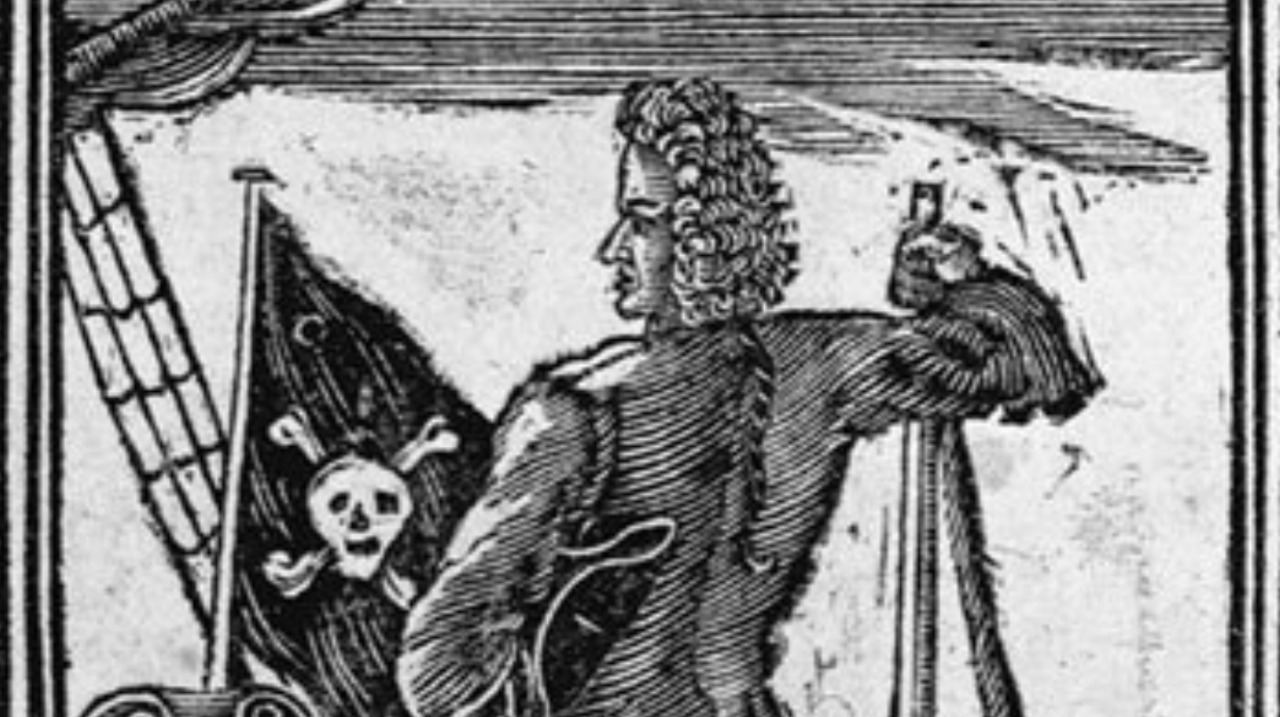
Any list of pirate lessons has to start with the negative example of Stede Bonnet, the most ridiculous (but kind of amazing) pirate in history. Most “golden age” pirates got into their line of work because they didn’t have many other options, but not Stede Bonnet. The Gentleman Pirate was from a rich family, and lived the settled, comfortable life of a family man in Jamaica. But one day around 1716, for reasons lost to history, Bonnet left it all behind for the dangerous, violent life of piracy. He bought a ship, named it The Revenge, hired 70 experienced men to run it, and set out to sea.
It did not go well.
After a few small victories mostly thanks to his experienced crew, Bonnet was severely injured after attacking a Spanish Man-o-War. He then entered into a “partnership” with Edward “Blackbeard” Teach, a terrifying actual pirate. The team-up ended with Teach double-crossing Bonnet and stealing The Revenge and all the sweet, sweet booty they’d stolen together. Rather than returning home to lick his wounds, Bonnet vowed revenge against his former friend, got a new ship, and started doing more pirating. He seemed to be getting the hang of it too, until he was captured by pirate hunters, tried, convicted, and executed in 1718.
What we can learn: Your work friends aren’t really your friends.
John “Calico Jack” Rackham

If nothing else, Calico Jack was a progressive pirate. He’s not known for his huge hauls — Jack was a bit of a small-timer — but he’s remembered for two of his crew members: his lover Anne Bonny and her lover, Mary Read. Bonny joined Captain Jack’s crew after fleeing from her husband. Read was a pirate already, who disguised herself as a man in order to sail. Everything was pirate-y cool until 1720, when pirate-hunter Jonathan Barnet surprised the crew of Captain Jack’s sloop in Bry Harbour Bay in Jamaica. Rackham’s pirates were mostly drunk, but those who were sober enough to fight were led by Bonny and Read. They all got captured anyway. Calico Jack was tried and hanged, but Bonny and Read each pleaded “pregnancy” and were spared the noose. When asked about Rackham, Bonny famously replied: “If he had fought like a Man, he need not have been hang’d like a Dog.” Cold-blooded.
What we can learn: There’s a reason HR says managers can’t date their employees.
Charles Vane
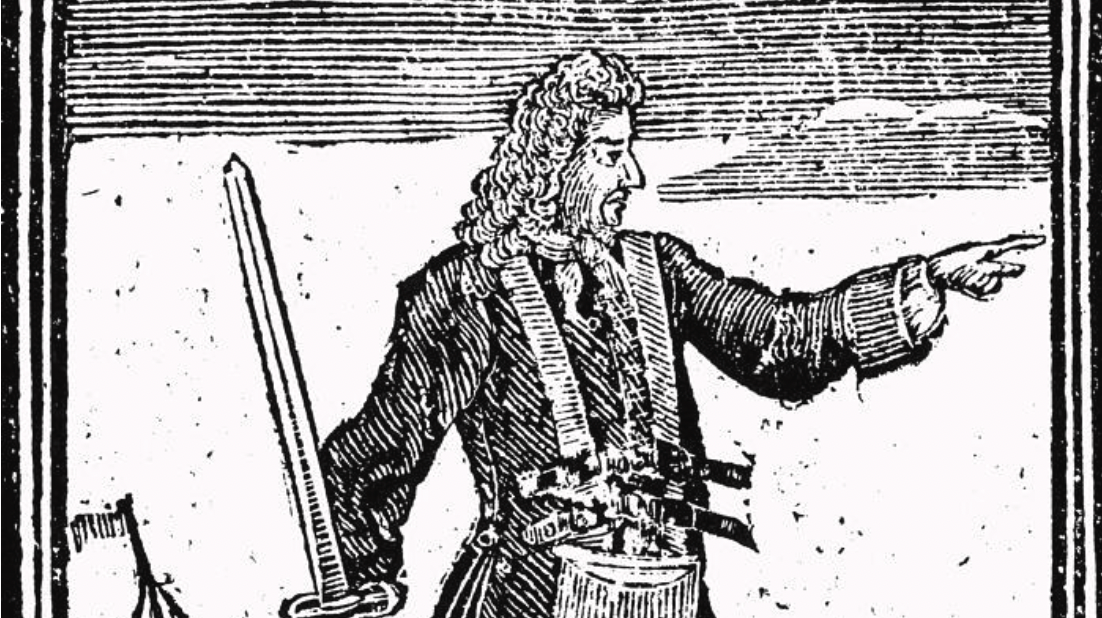
Charles Vane wasn’t a bad pirate in practical terms — he was known as for his skill in combat and navigation and made a ton of money — he was a bad pirate because he was an arsehole. (I assume this is why no one gave him a cool nickname.)
Vane was known for killing and/or torturing the crews of the ships he plundered, instead of inviting them to join his merry band, as some pirates did. He treated his own sailors badly enough that his second-in-command and much of his crew made off with one of his ships, and another crew-member, Calico Jack, took over Vane’s flagship.
Vane was a good enough pirate that he built up another fleet after that, but his luck ran out in 1719 when a hurricane destroyed all his boats, leaving Vane and a few crew members stranded on a small island. More bad luck came when they were “rescued” by buccaneer-turned-pirate-hunter Captain Holford; Holford dragged Vane to England where he was tried, convicted, and hanged in 1720.
What we can learn: Treat your subordinates unfairly, and they will bring out the cutlasses.
Benjamin Hornigold
Benjamin Hornigold would have made a fine CEO in a different life. He invested in his employees, wasn’t particularly cruel, and recognised talent when he saw it — both Blackbeard and Samuel Bellamy cut their pirate teeth on Hornigold’s ships. Most importantly, Hornigold was smart enough to know when to stop being a pirate.
Toward the end of piracy’s golden age, Woodes Rogers, the governor of Bahaims, offered a blanket pardon to pirates who promised to be good from then on. Rather than respond, “To hell with ye!” as many outlaws did, Hornigold signed on the line, cleared himself of all wrong doing, and started hunting pirates. Using his knowledge of pirate culture and his skill as a sailor, Hornigold sent many a mangy sea dog to the gallows before drowning in a shipwreck in 1719.
What we can learn: In piracy, as in white collar work, flexibility can save your skin — although bad fortune can overtake even the wiliest among us.
Mary Wolverston
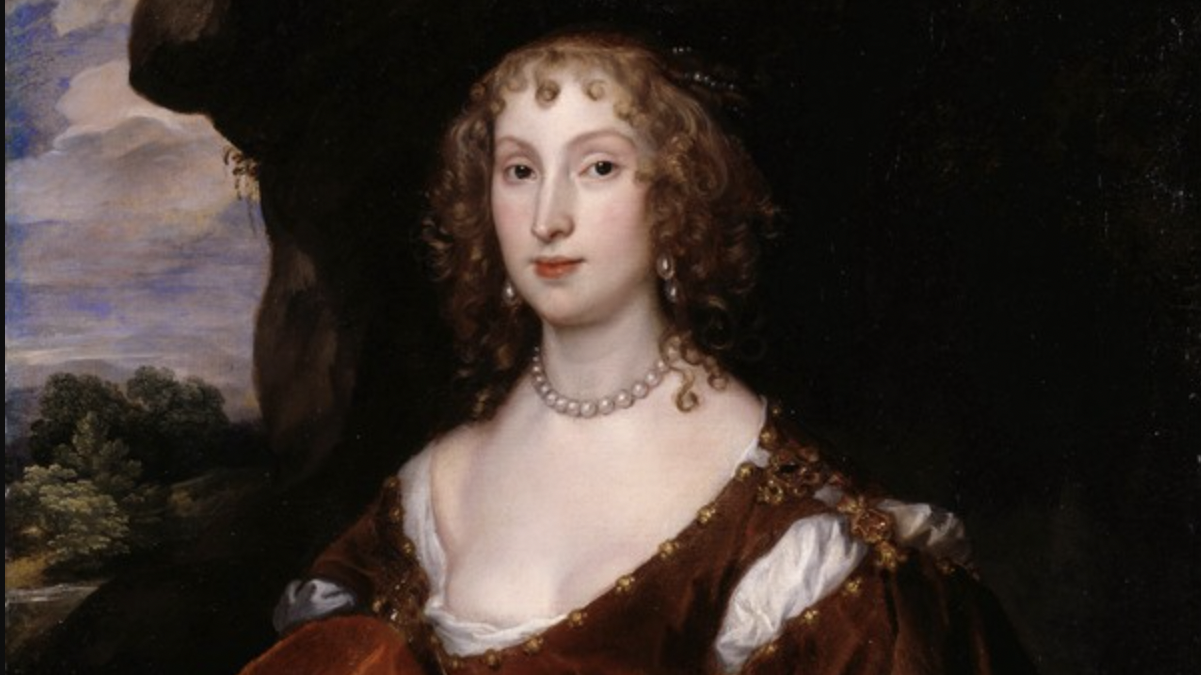
Unlike most of the rest of the pirates on this list (and in history), Mary Wolverston was not executed for piracy. She was spared the noose because she didn’t get her hands dirty and was very good at politics. An aristocrat, Mary was the daughter of upper-crusty pirate Phillip Wolverston, the Lord of Wolverston Hall. She married another pirate, Sir Henry Killigrew, and together, she and her black-hearted family used their insider knowledge of rich people goings-on to ransack treasures from Spanish vessels that they hoarded in their castle by the sea. Mary didn’t do the dirty-work herself, though: She ran the operation. The Wolverton clan may have kicked something back to the royal family, because the authorities turned a blind eye to their extra-legal adventures, until 1570, when Mary organised a raid against a Spanish treasure ship that was so audacious, the authorities were forced to arrest her (or so it was said at her trial). She wasn’t hanged though. Mary was either acquitted or served a short sentence (history is a little unclear) because she’d either bribed the jailers or the Queen herself intervened. She then apparently eschewed her wicked ways and lived the rest of her days fencing stolen goods for others as opposed to stealing them herself.
What we can learn: Nepotism can only get you so far. You have to be able to back it up with skills.
“Black Sam” Bellamy
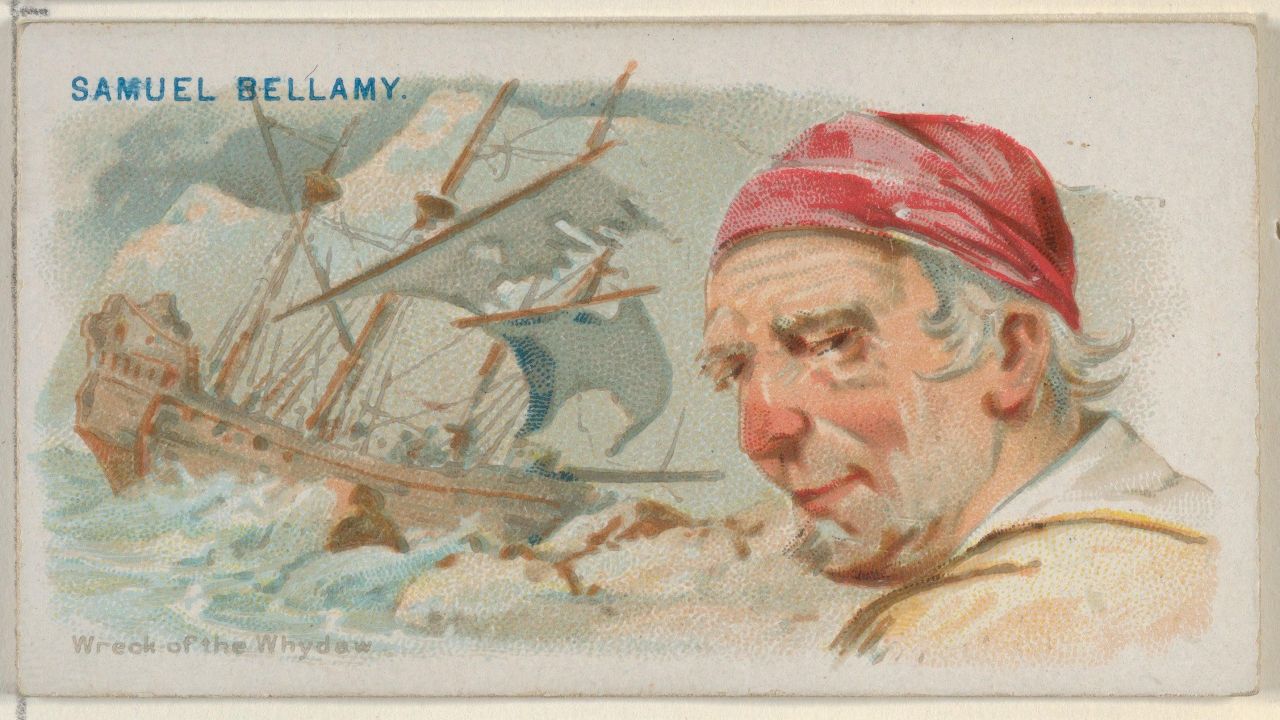
Sam Bellamy was only a pirate for a short time, but between 1716 to 1717, Black Sam amassed a fortune worth an estimate $US140 ($194) million in today’s dollars. Despite the nickname, Bellamy was a good dude, the kind of pirate whose ship you’d want to serve upon. A third of Bellamy’s crew were freed slaves and he shared the profits with his crew who had a voice in the way the missions were run too. Bellamy even had a moral code. “They vilify us, the scoundrels do,” the pirate once said, “when there is only this difference: They rob the poor under the cover of law, forsooth, and we plunder the rich under the protection of our own courage.”
In 1717, Bellamy and his royal crew took over the Whydah, a slave-ship laden with treasure. They were returning home with their gold and their new ship when a storm hit them off the coast of Massachusetts and the Whydah sank, taking Black Sam down to the depths. The wreck of the Whydah was discovered in 1984, and since then, hundreds of thousands of artifacts, coins, and more have been recovered from Black Sam’s ship.
What we can learn: Loyalty achieved through respect is much stronger than loyalty achieved through fear.
Captain Morgan

Before he became the mascot of a mid-price brand of spiced rum, Captain Henry Morgan was among the richest scalawags that ever lived. Born in 1635 to a successful family of farmers, Morgan joined the English Navy, and eventually became a privateer, a pirate under the employ of the English, tasked with robbing the Spanish blind. He was very good at his job.
By 1665 Morgan had established himself in Jamaica, owned a successful sugar plantation, and became the commander-in-chief of all Jamaican British forces in 1669. After Spain and England declared peace, the Spanish demanded Morgan be tried for his crimes, and he was imprisoned. Luckily, Holland started acting up in the Caribbean, and the English freed Morgan so he could go back to Jamaica and restore order (and the lucrative sugar trade). Now appointed Lieutenant Governor of Jamaica, Morgan spent the rest of his days in Port Royal, hanging out with his old sea-faring buddies and getting drunk until he died in 1688, probably from complications of alcohol. Good thing he’s on the rum bottles, eh?
What we can learn: Threading the needle between being a maverick and a company man can be very lucrative.
Edward “Blackbeard” Teach
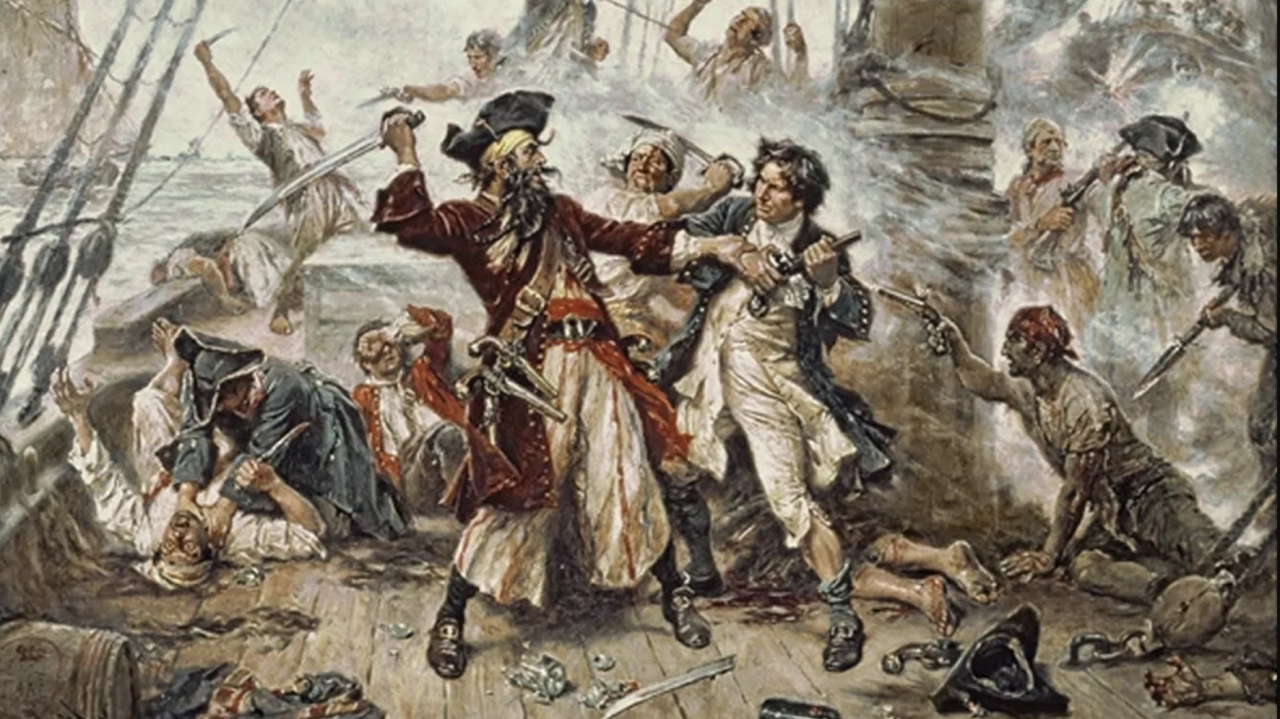
Blackbeard is the quintessential pirate. His 40-gun flagship, the Queen Anne’s Revenge, was crewed with over 300 men and struck fear into the hearts of all who were unlucky enough to see it. And striking fear into his enemies’ hearts was Blackbeard’s favourite thing: He wore a long beard and rocked a sling with three pairs of pistols strung across his chest and a cutlass and knives in his belt. He was said to have twisted fuses in his hair and lit them before fights so his head would look like it was literally on fire. It was said adversaries often surrendered to him without a fight just because they were so freaked out.
Along with plundering merchants and stealing ships from naive wannabe pirates like Stede Bonnet, Teach’s innovation was blockading shoreline cities and demanding ransom. At the height of his wealth, Blackbeard was probably worth something like $US13 ($18) million in today’s money, but his cash wasn’t enough to save him. Blackbeard was killed after a ferocious battle with pirate hunter Lieutenant Robert Maynard and his soldiers. Maynard said Blackbeard was shot five times and cut with a sword before he fell.
What we can learn: Blackbeard was a master of brand-building. Crafting an image can save you a ton of work, but you have to be able to back it up with real skills.
Sir Francis Drake
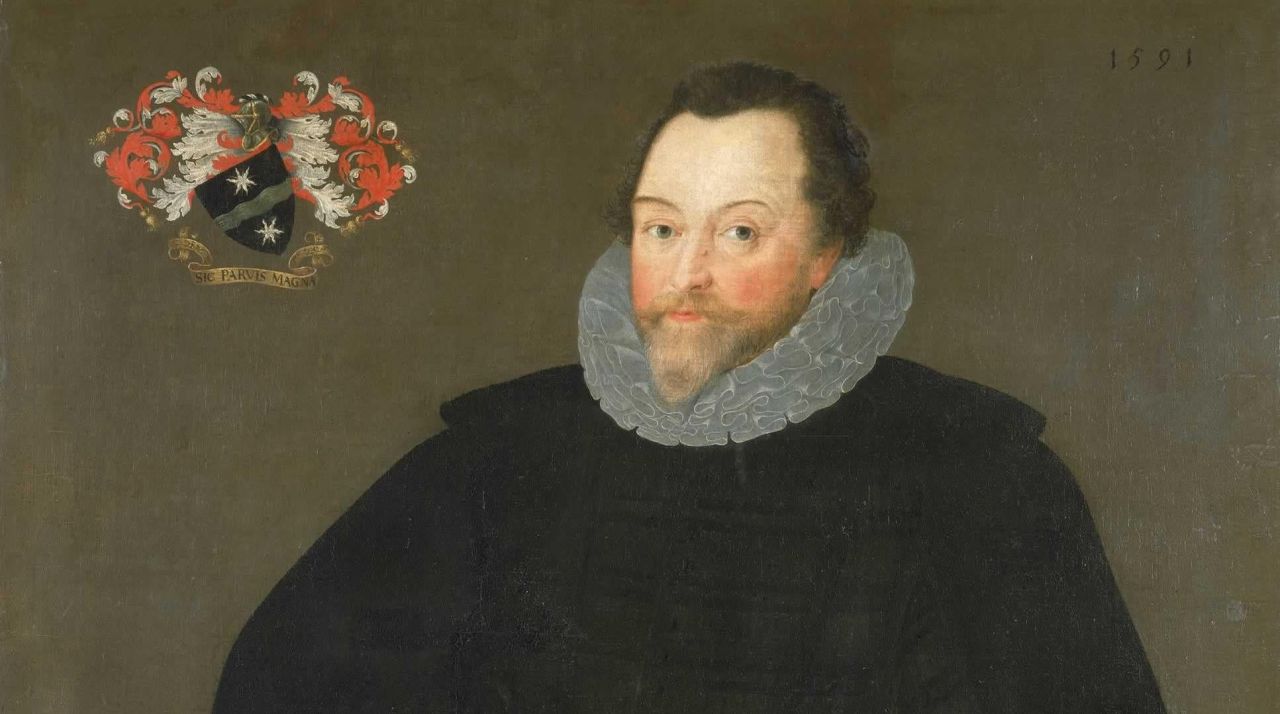
Drake is best known for being one of the first people to circumnavigate the globe, but while the public purpose of the voyage was “discovery,” Drake’s actual business was stealing as much treasure from the Spanish as possible, a detail that was left out of my sixth grade history lesson on explorers.
Technically, Drake was a privateer as opposed to a pirate because he was thieving with the permission of the English monarchy, although he and his crew were sworn to secrecy about the treasure they’d stolen on pain of death. After the voyage, Drake was a national hero, a very wealthy man, a favourite in the Queen’s court, and was even knighted, but he was, at his core, a black-hearted brigand of the highest order.
What we can learn: Sometimes crime pays.
Zheng Yi Sao
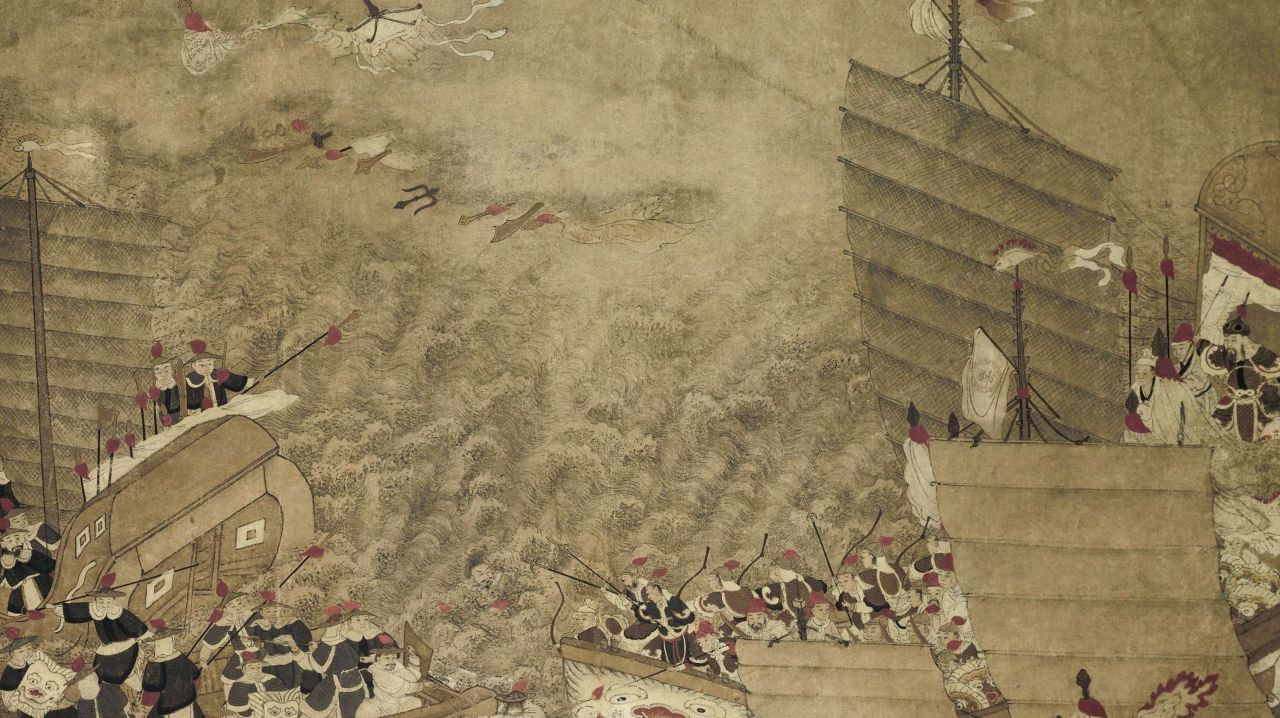
When people talk about pirates, they usually mean European dude pirates, but the most successful pirate of all time may have been a Chinese woman. Zheng Yi Sao seems to have started her career as a prostitute, and eventually married a customer, Zheng Yi, the infamous head of the Guangdong Pirate Confederation. The underworld power-couple oversaw their cadre of sea-faring nere-do-wells together for a time, but when Zheng Yi died in 1807, Zheng Yi Sao took over and expanded the business. She instituted a strict-but-fair code of conduct and discipline for the pirates, and grew the sqad into the most powerful navy in the world. At her height, she is said to have commanded over 1,800 pirate ships, and an estimated 80,000 sailors.
Zheng Yi Sao’s reign of supremacy over the Eastern seas ended on her terms too: In 1810, when she was done running her pirate operation, she negotiated amnesty from the Chinese government and was allowed to get off scot free with all her cash. No one knows what happened to her after that, but I assume she spent her last days spending money and quietly laughing to herself.
What we can learn: Know when to get out of the game.
